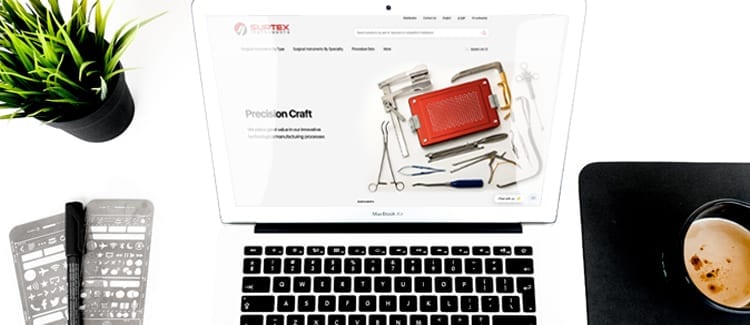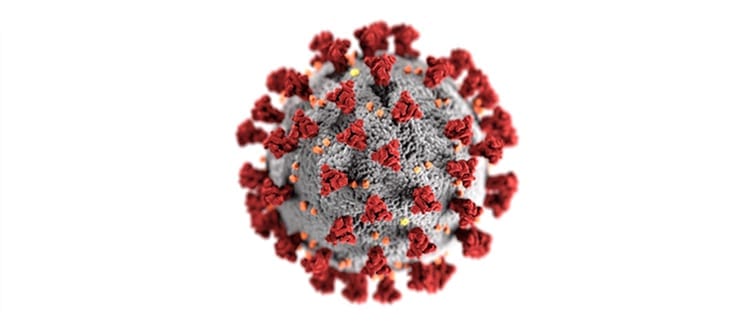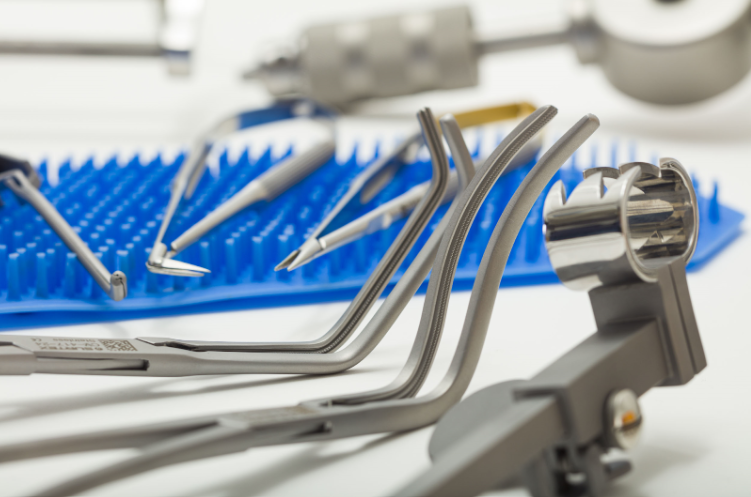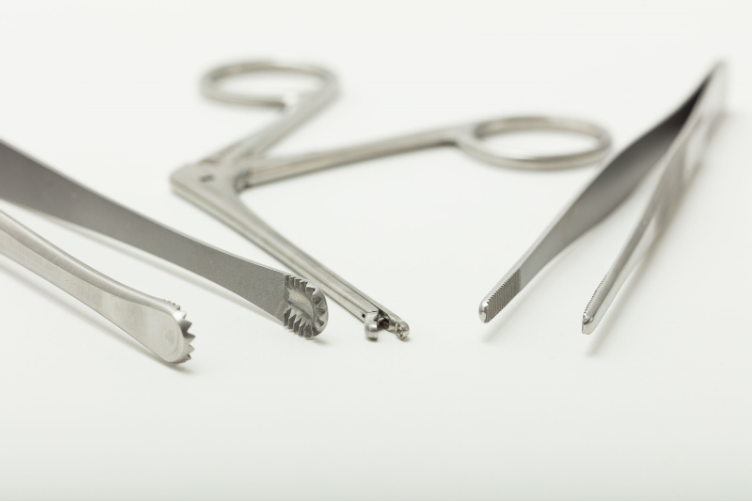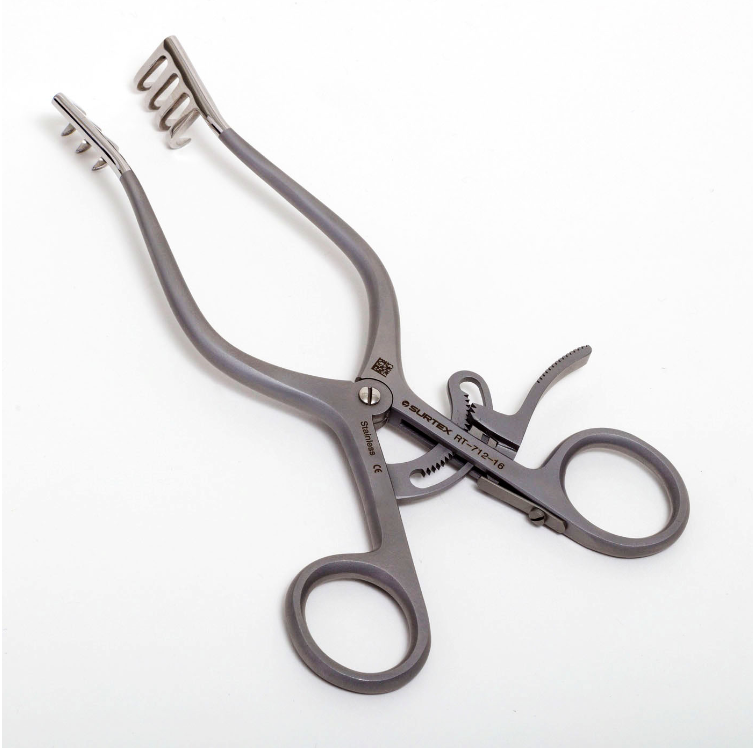Tympanoplasty And Stapedectomy Set
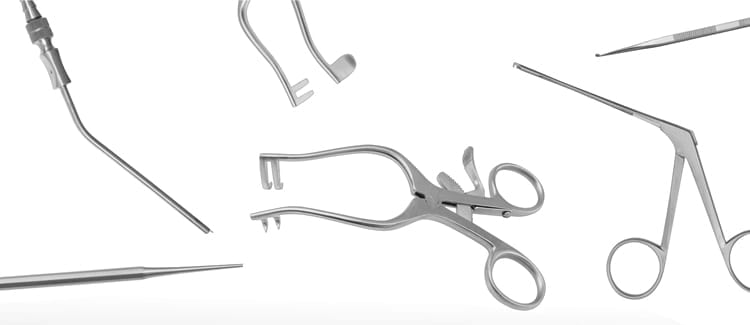
The tympanic membrane is a three layered membrane that is the window of the middle ear cavity. It is important for the conduction of sound from the external auditory canal to the auditory ossicles (malleus, incus and stapes), which then conduct the sound to the inner ear’s cochlea. The normal ear drum is shiny and pearly grey in colour, with a bright cone of light can be in the anteroinferior quadrant. A normal tympanic membrane is mobile when tested with pneumatic otoscope or Siegle’s speculum.
Diseases of tympanic membrane may be primary or secondary to conditions affecting the external ear, middle ear or eustachian tube. Some condition may be self-resolving, such as tympanic retraction caused by eustachian tube blockage. Injury and perforation can occur to the tympanic membrane from a variety of reasons. This includes acute suppurative otitis media, which is an acute inflammation of the middle ear by pyogenic organisms. Severe acute necrotizing otitis media may damage the whole tympanic membrane. A choleasteatoma developing in the middle ear may also affect the membrane integrity. Another reason for damage of the membrane is otitic barotrauma, which occurs when the eustachian tube fails to maintain middle ear pressure in descending flights or underwater diving. Affection of the eardrum leads to conductive hearing loss.
Tympanoplasty is a procedure performed by otolaryngologists to eradicate disease in the middle ear and to reconstruct the hearing mechanism. It may be combined with mastoidectomy. The procedure may involve repair of the tympanic membrane only (myringoplasty), reconstruction of the ossicular chain (ossiculoplasty), or both (tympanoplasty). This can be done with the placement of a tympanic membrane graft. Surtex Instruments manufacture this tympanoplasty set with specifically designed microsurgical instruments to facilitate this surgery with all its types and deliver optimal results.
Myringoplasty is the repair of the tympanic membrane alone. Graft materials can be harvested from the temporalis fascia. Repair can be with the underlay technique, where margins of perforation are freshened and the graft placed medial to the perforation or the tympanic annulus. This graft can be supported by gelfoam in the middle ear. The overlay technique can also be used, where the graft is placed lateral tympanic membrane. In ossicular reconstruction, several types of prosthesis can be used to replace the ossicles, such as with autografts that have been shaped to fill the gap. The types of prosthesis include incus prosthesis, incus–stapes prosthesis, partial ossicular replacement prosthesis (PORP) or total ossicular replacement prosthesis (TORP).
Stapedectomy is a procedure performed in cases of otosclerotic fixation of the stapes footplate. Here the fixed stapes is removed and a prosthesis, such as a teflon prosthesis, is inserted between the incus and the oval window. This leads to great improvement in hearing in a majority of patients.
Lempert Periosteal Elevators are used to elevate the periosteum in several surgeries such as mastoidectomy and the Caldwell-Luc operation. The Plester Self Retaining Retractor is used in different surgical procedures, such as mastoidectomy and tympanoplasty, to maintain the surgical field open in order to allow the surgeons to be free for important surgical manipulations. The set also includes Plester Flap Knives, which are used in middle ear procedures such as myringoplasty, tympanoplasty and ossiculoplasty to mobilize tympanomeatal flaps. Sexton Myringotomy Knives can serve to perform superior and clean incisions in the tympanic membrane to relieve serous or severe acute otitis media. The Fisch Micro Dissector is a double angled instrument that can be used in different ear procedures to perform clean-cut separations of soft tissues.
The Politzer Furuncle Knife is used to make clean-cut incisions in ear procedures using a characteristic and sharp diamond shaped blade. A Barbara Micro Ear Needle is an angled tool used to move and position delicate tissues in ear microsurgeries, such as tympanoplasty procedures. The House Micro Ear Curette is a double-ended surgical instrument used to excise bone fragments in mastoid surgery, stapedotomy, facial nerve decompression and tympanoplasty. Micro Alligator Forceps are fine finger-ring forceps used in micro-otology procedures to move and excise delicate tissues in the narrow spaces of the ear. House-Dieter Malleus Nippers are used in middle ear procedures to trim the head of the malleus and parts of the incus. The nipper has finger ring handles that allow efficient and controlled manipulations.
Join our newsletter
Specify the advantages, benefits of joining the newsletter, setting the spam rate.
